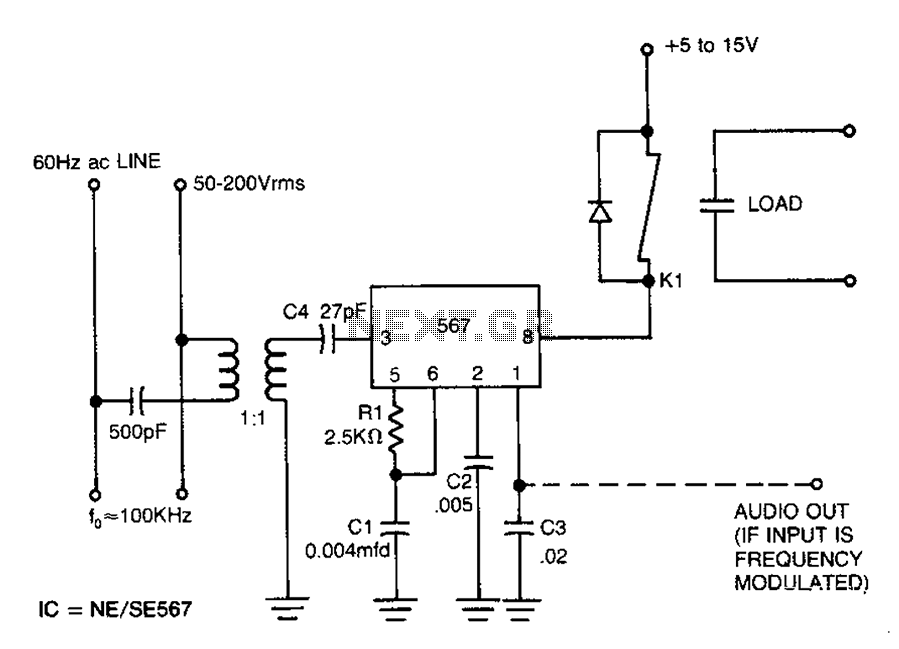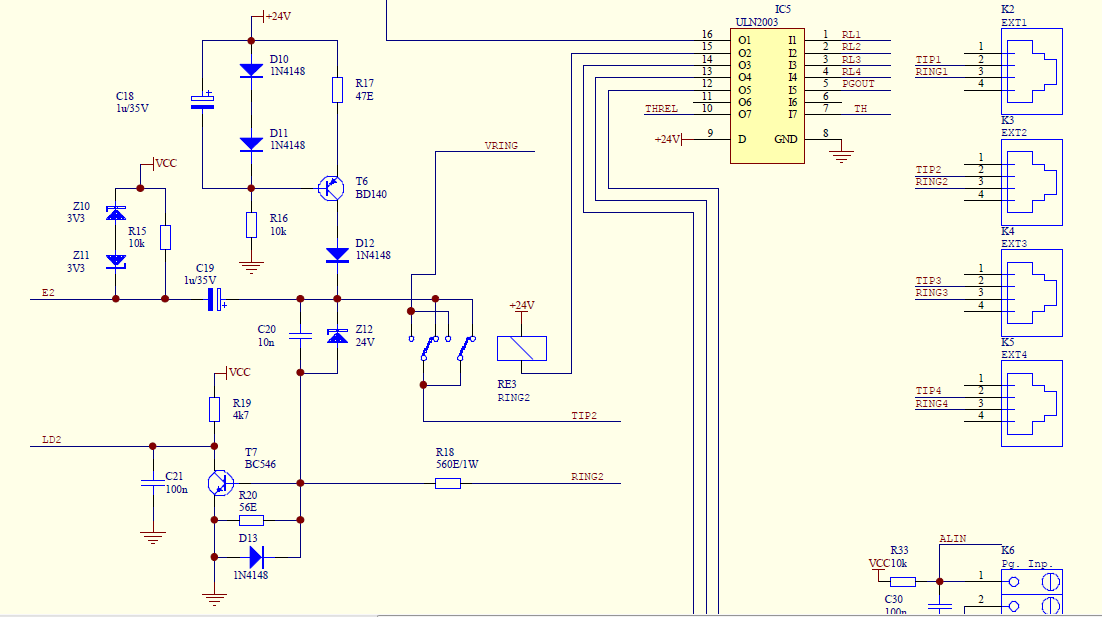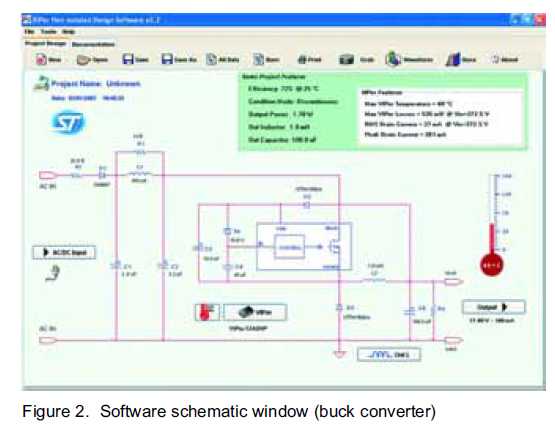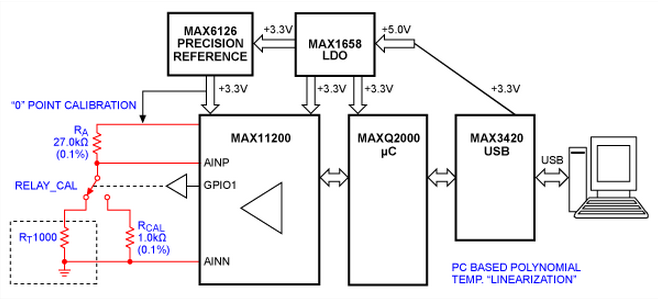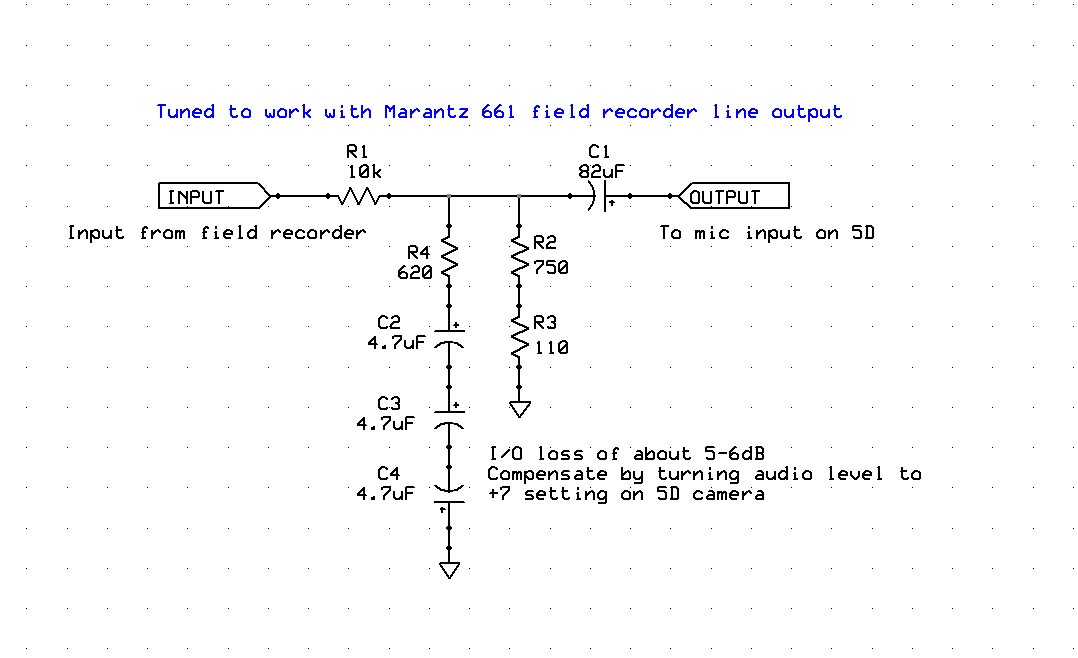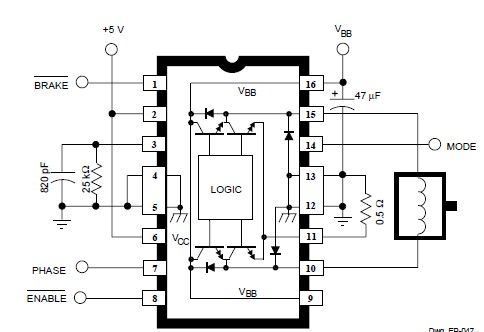
DIY Intercom Design Thread 5
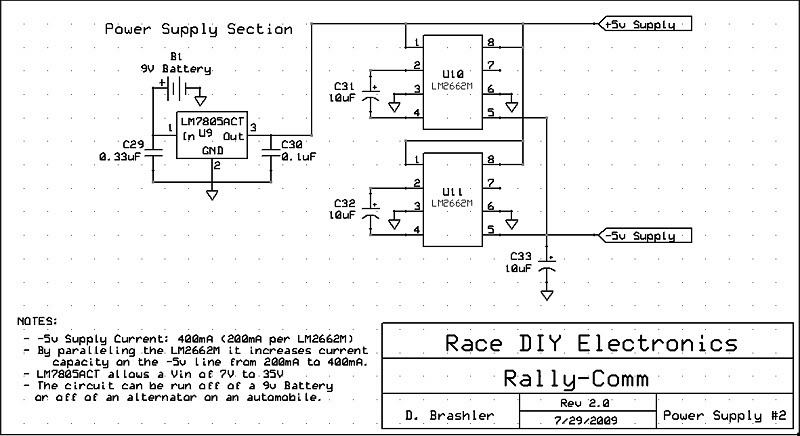
This circuit utilizes the LM2662M integrated circuit from National Semiconductor, which serves as a direct replacement for the MAX1044 but in a smaller surface mount package. Additionally, the main voltage regulator has been upgraded to the LM7805ACT. This circuit is designed to connect to a DC power supply, such as a battery or an automotive alternator/battery. The first component that the power encounters is the LM7805ACT, a 1A +5V voltage regulator. This regulator accepts an input voltage ranging from +7V to +35V, making it suitable for use in 24V systems found in aircraft. The LM7805ACT differs from the common LM7805CT in that it has an output voltage tolerance of ±2%, compared to the ±4% tolerance of the CT version, resulting in cleaner output voltage. The price difference between the two is minimal, approximately $0.40, which justifies the preference for the higher quality ACT version. The output from the LM7805ACT provides a +5V supply, which needs to be inverted to create a -5V supply for the microphone pre-amplifier integrated circuits. This inversion is accomplished using the LM2662M, a switched capacitor voltage converter. The LM2662M functions similarly to the previously used MAX1044 IC. According to the LM2662 white paper, this CMOS charge-pump voltage converter can invert a positive voltage in the range of 1.5V to 5.5V to the corresponding negative voltage, utilizing two low-cost capacitors to deliver 200 mA of output current. With an operating current of only 300 µA and an efficiency exceeding 90% under most loads, the LM2662M is well-suited for battery-powered applications. In summary, the LM7805ACT provides 1A of current on the +5V supply line, while the LM2662M supplies 400 mA on the -5V line. The current draw on the positive line exceeds that of the negative line, eliminating the need for equal current capacities.
The circuit design begins with the connection to a DC power source, where the voltage is first regulated by the LM7805ACT. This component is crucial for ensuring that the voltage supplied to downstream components is stable and within the required specifications. The LM7805ACT is rated for a maximum output of 1A at +5V, suitable for powering various digital and analog circuits, including microcontrollers and sensors.
Following the voltage regulation, the circuit requires a negative voltage supply for specific components such as microphone pre-amplifiers. The LM2662M serves this purpose by inverting the +5V output from the LM7805ACT to produce a -5V output. This is essential for applications where dual polarity power supplies are necessary, particularly in audio applications where operational amplifiers often require both positive and negative voltages for proper functioning.
The LM2662M operates efficiently, drawing minimal current while providing sufficient output current for the intended application. The use of two capacitors in its charge pump design allows for compactness and simplicity in implementation, making it suitable for space-constrained environments. The overall efficiency of the circuit is enhanced by the characteristics of both voltage regulators, ensuring reliable performance in various operational scenarios, particularly in battery-operated devices where power conservation is critical.
In conclusion, the integration of the LM7805ACT and the LM2662M creates a robust power supply circuit capable of delivering both +5V and -5V outputs, meeting the demands of modern electronic applications while maintaining high efficiency and reliability.This time it is using the IC made by National Semiconductor the LM2662M. This is a direct replacement for the MAX1044 just it is a surface mount part (so it is a lot smaller). I have also changed the main voltage regulator to the LM7805ACT, more on this later. This circuit is connected to a DC power supply such as a battery or an automotive altern ator/battery. The first thing the power hits is the LM7805ACT. This is a 1A +5v voltage regulator. The voltage regulator allows an input voltage of +7v up to +35v, so this CAN run off of the 24v systems in aircraft too! The LM7805ACT is different than the common LM7805CT. The CT version has an Output Voltage Tolerance of +/- 4%, where as the ACT version (the one we are using) has an Output Voltage Tolerance of +/- 2%.
Basically the voltage coming out of the ACT version is cleaner than the CT. Price difference on the two is only $0. 40, so I would rather have the better quality one. Coming out of the LM7805ACT is a +5v supply. We need to invert this so we can have a -5v supply for our microphone pre-amplifier IC`s. This is done using a Switched Capacitor Voltage Converter, the LM2662M. This circuit is just like the MAX1044 IC that I was using earlier. "The LM2662M CMOS charge-pump voltage converter inverts a positive voltage in the range of 1. 5v to 5. 5v to the corresponding negative voltage. The LM2662 uses two low cost capacitors to provide 200 mA of output current. With an operating current of only 300 A and operating efficiency greater than 90% at most loads, the LM2662 provides ideal performance for battery powered systems. " (taken from the LM2662 White Paper) So, in conclusion the LM7805ACT allows 1 amp of current on the +5v supply line and the LM2662M allows 400mA of current on the -5v supply line.
The current draw on the positive line is more than the negative line so they do not have to have the same current capacities. 🔗 External reference
The circuit design begins with the connection to a DC power source, where the voltage is first regulated by the LM7805ACT. This component is crucial for ensuring that the voltage supplied to downstream components is stable and within the required specifications. The LM7805ACT is rated for a maximum output of 1A at +5V, suitable for powering various digital and analog circuits, including microcontrollers and sensors.
Following the voltage regulation, the circuit requires a negative voltage supply for specific components such as microphone pre-amplifiers. The LM2662M serves this purpose by inverting the +5V output from the LM7805ACT to produce a -5V output. This is essential for applications where dual polarity power supplies are necessary, particularly in audio applications where operational amplifiers often require both positive and negative voltages for proper functioning.
The LM2662M operates efficiently, drawing minimal current while providing sufficient output current for the intended application. The use of two capacitors in its charge pump design allows for compactness and simplicity in implementation, making it suitable for space-constrained environments. The overall efficiency of the circuit is enhanced by the characteristics of both voltage regulators, ensuring reliable performance in various operational scenarios, particularly in battery-operated devices where power conservation is critical.
In conclusion, the integration of the LM7805ACT and the LM2662M creates a robust power supply circuit capable of delivering both +5V and -5V outputs, meeting the demands of modern electronic applications while maintaining high efficiency and reliability.This time it is using the IC made by National Semiconductor the LM2662M. This is a direct replacement for the MAX1044 just it is a surface mount part (so it is a lot smaller). I have also changed the main voltage regulator to the LM7805ACT, more on this later. This circuit is connected to a DC power supply such as a battery or an automotive altern ator/battery. The first thing the power hits is the LM7805ACT. This is a 1A +5v voltage regulator. The voltage regulator allows an input voltage of +7v up to +35v, so this CAN run off of the 24v systems in aircraft too! The LM7805ACT is different than the common LM7805CT. The CT version has an Output Voltage Tolerance of +/- 4%, where as the ACT version (the one we are using) has an Output Voltage Tolerance of +/- 2%.
Basically the voltage coming out of the ACT version is cleaner than the CT. Price difference on the two is only $0. 40, so I would rather have the better quality one. Coming out of the LM7805ACT is a +5v supply. We need to invert this so we can have a -5v supply for our microphone pre-amplifier IC`s. This is done using a Switched Capacitor Voltage Converter, the LM2662M. This circuit is just like the MAX1044 IC that I was using earlier. "The LM2662M CMOS charge-pump voltage converter inverts a positive voltage in the range of 1. 5v to 5. 5v to the corresponding negative voltage. The LM2662 uses two low cost capacitors to provide 200 mA of output current. With an operating current of only 300 A and operating efficiency greater than 90% at most loads, the LM2662 provides ideal performance for battery powered systems. " (taken from the LM2662 White Paper) So, in conclusion the LM7805ACT allows 1 amp of current on the +5v supply line and the LM2662M allows 400mA of current on the -5v supply line.
The current draw on the positive line is more than the negative line so they do not have to have the same current capacities. 🔗 External reference
